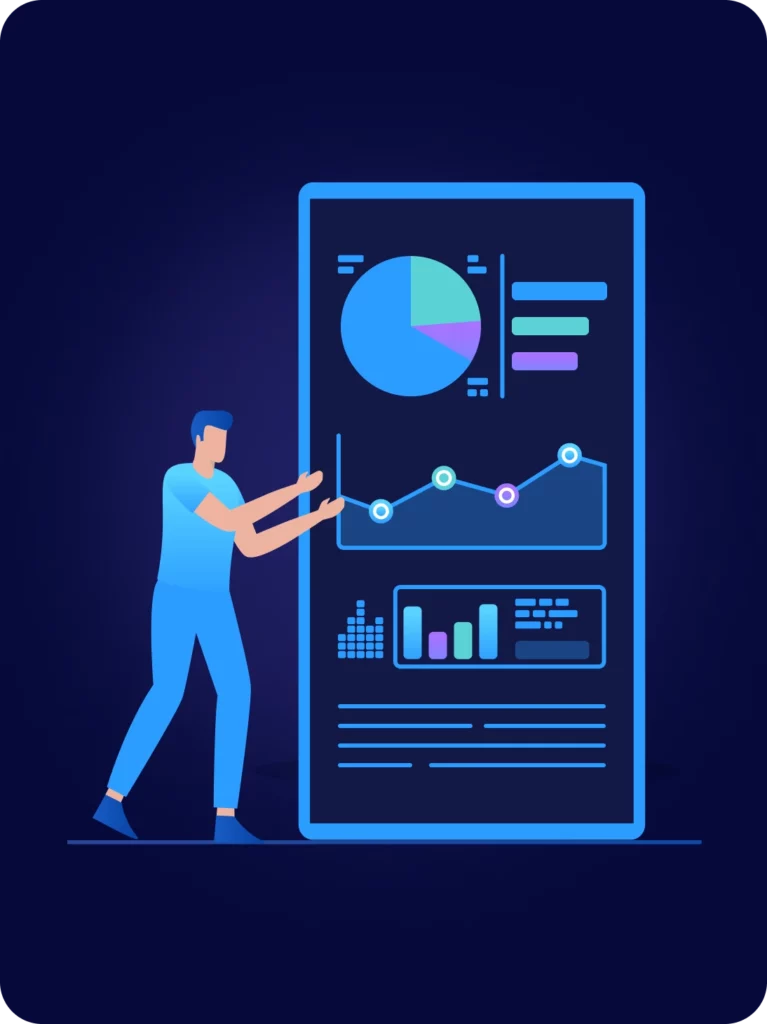THE EVOLUTION OF KOL ENGAGEMENT
Digital transformation has fundamentally reshaped KOL engagement, driving a shift from traditional, journal-based influence to dynamic, real-time conversations across digital and social platforms. Healthcare professionals (HCPs) are increasingly leveraging social media, medical forums, and AI-driven analytics to share knowledge and interact with peers, patients, and pharmaceutical companies.
Yet, many pharma teams still rely on outdated engagement methods, missing opportunities to foster meaningful collaborations. As the industry evolves, Medical Affairs teams must embrace technology-driven approaches to keep pace with these changes. Without an adaptive and data-driven KOL strategy, Medical Affairs teams risk missing critical insights and opportunities to build meaningful connections. Here’s why conventional approaches to strategic KOL management are falling short—and how AI-powered solutions can help.
THREE REASONS TRADITIONAL MONITORING FAILS
1. Traditional Social Listening Tools Track Generic Trends
- The Problem: Many pharma teams rely on broad social listening tools that track generic keywords (e.g., disease states, competitor products, brand names). This approach often results in overwhelming, unfocused data that lacks actionable KOL insights.
- The Solution: A more targeted approach is essential. Rather than monitoring general industry chatter, define a precise HCP universe, including emerging thought leaders—especially those that patients trust. These KOLs may not be on your conventional target lists, but their influence can significantly impact treatment decisions and patient behaviors.
2. Static KOL Databases with Historical Data
- The Problem: Traditional KOL strategy relies heavily on static databases that become outdated quickly. These resources often provide insights that no longer reflect where KOLs are most active today.
- The Solution: Instead of relying solely on historical data, invest in tools that map real-time KOL activity. Understanding where KOLs engage—whether it’s Twitter, LinkedIn, YouTube, podcasts, or niche medical forums—ensures more effective strategic KOL management. A deep focus on the right platforms will always yield better results than shallow monitoring across every possible channel.
3. Traditional Engagement Strategies Don’t Evolve
- The Problem: Many pharma companies continue to rely on outdated KOL engagement strategies, using the same tactics that worked years ago rather than adapting to how HCPs interact today.
- The Solution: KOL engagement should be as dynamic as the digital landscape. AI-powered insights enable pharma teams to meet HCPs where they are, with messaging and outreach that evolve alongside real-time conversations.
THE FUTURE OF KOL ENGAGEMENT IS AI-POWERED
AI-driven KOL insights are transforming strategic KOL management, enabling Medical Affairs teams to make data-driven decisions in real time. Leveraging technologies such as natural language processing (NLP), machine learning, and predictive analytics, AI can analyze vast amounts of unstructured data across digital platforms to identify emerging trends, key discussion topics, and influential voices.
For example, AI-powered sentiment analysis can track how KOLs discuss specific treatments or therapies, providing pharma teams with real-time feedback on brand perception. Additionally, network analysis tools can map relationships between KOLs, uncovering hidden influencers who shape industry conversations beyond traditional thought leaders.
Case studies have already demonstrated the impact of AI-driven KOL intelligence. One of our clients, a large pharma company, used AI-based social listening to identify a rising digital influencer advocating for a new treatment approach. By engaging this KOL early, they gained valuable insights into patient needs and successfully tailored their messaging strategy.
With AI-powered solutions, pharma teams can answer critical questions such as:
- What are KOLs talking about today?
- What emerging patient needs should we address?
- Which KOLs are shaping the digital conversations that matter most?
Traditional tools fail to provide these answers. AI-powered KOL intelligence does.
By embracing AI and machine learning for KOL strategy, Medical Affairs teams can move beyond outdated tracking methods and take proactive, personalized action. The companies that evolve with these technologies will lead the next era of KOL engagement, creating stronger, more meaningful connections that drive better patient outcomes.
Are you ready to transform your KOL strategy with AI? Let’s talk.

